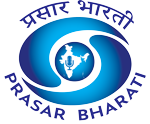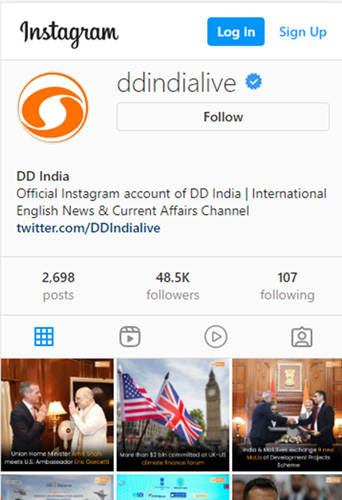India has firmly established itself as a global leader in real-time digital payments, with the Unified Payments Interface (UPI) at the forefront of this transformation. According to a recent IMF note titled “Growing Retail Digital Payments: The Value of Interoperability”, India’s digital infrastructure has become a global benchmark, with UPI now processing over 18 billion transactions each month.
Launched in 2016 by the National Payments Corporation of India, UPI has redefined how Indians send and receive money – bringing together multiple bank accounts in a single mobile app for instant, secure, and low-cost transactions. In June 2025 alone, the platform handled transactions worth over ₹24.03 lakh crore, showing a 32% increase from the same period last year.
UPI now accounts for 85% of all digital payments in India, serving 491 million individuals and 65 million merchants, and connecting 675 banks on a unified platform. Globally, it processes 640 million transactions daily, recently surpassing Visa’s volume, and now powers nearly 50% of all real-time payments worldwide.
The system has expanded beyond India’s borders and is now live in seven countries, including Singapore, UAE, Bhutan, Nepal, Sri Lanka, Mauritius, and France – marking its first entry into Europe. India is also pushing for UPI’s adoption among BRICS nations, aiming to enhance remittances and financial inclusion on a global scale.
Backed by strong digital infrastructure, policy vision, and inclusive design, UPI is no longer just a domestic innovation but a model for the world. Its success signals India’s growing stature in global fintech and its commitment to building a cashless, connected, and inclusive digital economy.














